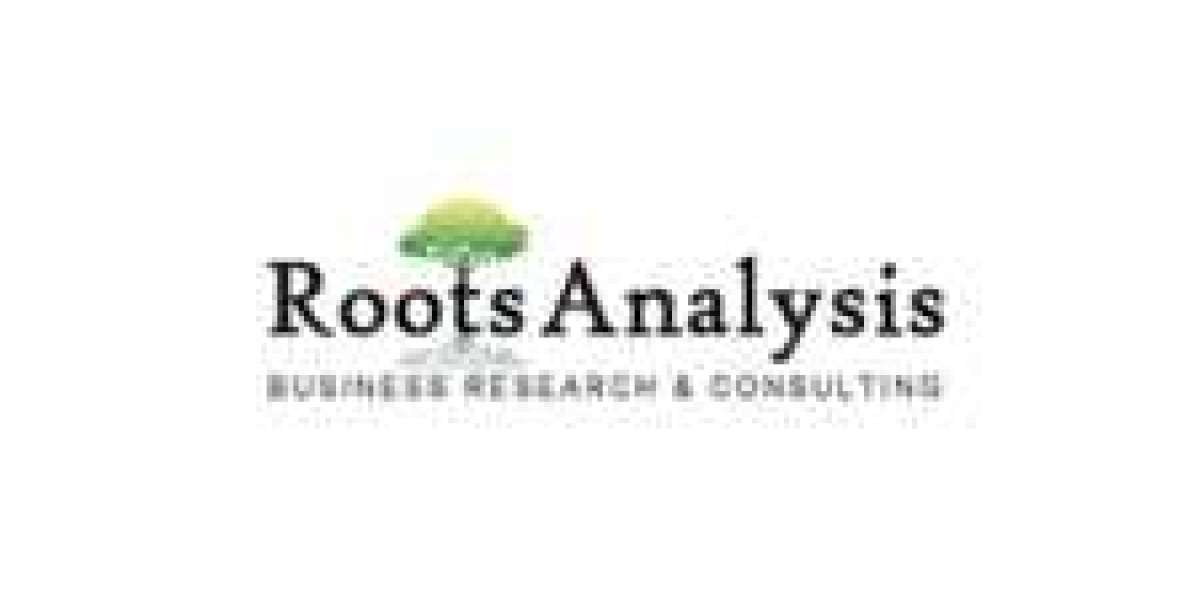To order this 750+ page report, please visit this link
Key Inclusions
- A detailed review of the overall landscape of the biopharmaceutical contract manufacturing market, featuring a comprehensive list of active CMOs and detailed analysis of the manufacturing service providers based on a number of parameters, such as scale of operation (preclinical, clinical and commercial), type of biologics manufactured (peptides / proteins, antibodies, vaccines, cell therapies, gene therapies, antibody drug conjugates, vectors, biosimilars, nucleic acids and others), type of expression systems used (mammalian, microbial and others), year of establishment, employee size, geographical location of the CMO, number of manufacturing facilities, as well as the location of these facilities, GMP compliance, affiliations to regulatory agencies, type of bioreactors used (single-use bioreactors and stainless steel bioreactors), mode of operation of bioreactors (batch, fed-batch and perfusion) and bioprocessing capacity.
- Elaborate profiles of key players that have a diverse range of capabilities for the development, manufacturing and packaging of biologics. Each profile provides an overview of the company, its financial performance (if available), information related to its service portfolio, manufacturing facilities, and details on partnerships, recent developments (expansions), as well as a comprehensive future outlook.
- A detailed discussion on the key enablers in this domain, including certain niche product classes, such as antibody drug conjugates (ADCs), bispecific antibodies, cell therapies, gene therapies and viral vectors, which are likely to have a significant impact on the growth of the contract services market.
- A case study on the growing global biosimilars market, highlighting the opportunities for biopharmaceutical CMOs and CDMOs.
- A case study comparing the key characteristics of large molecule and small molecule drugs, along with details on the various steps involved in their respective manufacturing processes.
- A discussion on challenges related to in-house manufacturing, featuring a brief overview of the various parameters that a drug / therapy developer may need to take into consideration while deciding whether to manufacture its products in-house or outsource.
- An analysis of the recent collaborations (signed since 2013) focused on the contract manufacturing of biologics; the analysis is based on various parameters, such as the year in which the agreement was signed, type of agreement, focus area and type of biologics.
- A detailed analysis of the various mergers and acquisitions that have taken place in this domain, highlighting the trend in the number of companies acquired between 2013-2018, along with the geographical distribution of this activity. The analysis also depicts the relationship between important deal multiples based on the revenue, number of employees and experience of the acquired company.
- An analysis on the recent trends within biopharmaceutical contract manufacturing industry, highlighting various facility and capability expansions. In addition, it provides information on the technology advancements related to biomanufacturing.
- A detailed capacity analysis, taking into consideration the individual development and manufacturing capacities of various stakeholders (small-sized, mid-sized, large and very large CMOs / CDMOs) in the market, using data from both secondary and primary research. The study examines the distribution of global biopharmaceutical manufacturing capacity by scale of operation (preclinical / clinical, commercial), size of company (small-sized, mid-sized, large and very large), and geography (North America (the US and Canada), Europe (Italy, Germany, France, Spain, the UK and rest of Europe), Asia and Middle East (China, India, Japan, South Korea and rest of the Asia and Middle East), and rest of the world (including Australia).
- An informed estimate of the annual demand for biologics, taking into account the top 20 biologics, based on a various relevant parameter, such as target patient population, dosing frequency and dose strength of the abovementioned products.
- A discussion on affiliated trends, key drivers and challenges, under a comprehensive SWOT framework, which are likely to impact the industry’s evolution, including a Harvey ball analysis, highlighting the relative effect of each SWOT parameter on the overall pharmaceutical industry.
- A survey analysis featuring inputs solicited from various experts who are directly / indirectly involved in providing CMO services to medical device developers.
To request for Sample Report – https://www.rootsanalysis.com/reports/250/request-sample.html
The report also features the likely distribution of the current and forecasted opportunity across important market segments, mentioned below:
- Commonly Outsourced Business Operations
- Active Pharmaceutical Ingredients (API)
- Finished Dosage Formulations (FDF)
- Types of Expression System
- Mammalian
- Microbial
- Others
- Company Size
- Small
- Mid-Sized
- Large and Very Large
- Scale of Operation
- Preclinical
- Clinical
- Commercial
- Key Geographical Region
- North America
- Europe
- Asia-Pacific
- To request for Customize Report – https://www.rootsanalysis.com/reports//request-customization.html1
Key Questions Answered
- Who are the key manufacturers (industry / non-industry) of cell-based therapies, across the world?
- What is the global demand for biologics-based therapies?
- What are the major recent developments (such as partnerships and expansions) in this industry?
- What kind of partnership models are commonly adopted by stakeholders in this domain?
- What is the current, installed contract manufacturing capacity for biologics?
- How is the current and future market opportunity likely to be distributed across key market segments?
You may also be interested in the following titles:
- Cell Therapy Manufacturing Market (3rd Edition), 2019-2030
- Antibody Contract Manufacturing Market, 2020-2030
- China Biopharmaceutical Contract Manufacturing Market, 2020-2030
- Peptide Therapeutics: Contract API Manufacturing Market, 2020-2030
About Roots Analysis
Roots Analysis is one of the fastest growing market research companies, sharing fresh and independent perspectives in the bio-pharmaceutical industry. The in-depth research, analysis and insights are driven by an experienced leadership team which has gained many years of significant experience in this sector. If you’d like help with your growing business needs, get in touch at [email protected]
Contact Information
Roots Analysis Private Limited
Gaurav Chaudhary
+1 (415) 800 3415
Facebook - https://www.facebook.com/RootsAnalysis
LinkedIn - https://www.linkedin.com/company/roots-analysis/mycompany/
Twitter - https://twitter.com/RootsAnalysis



